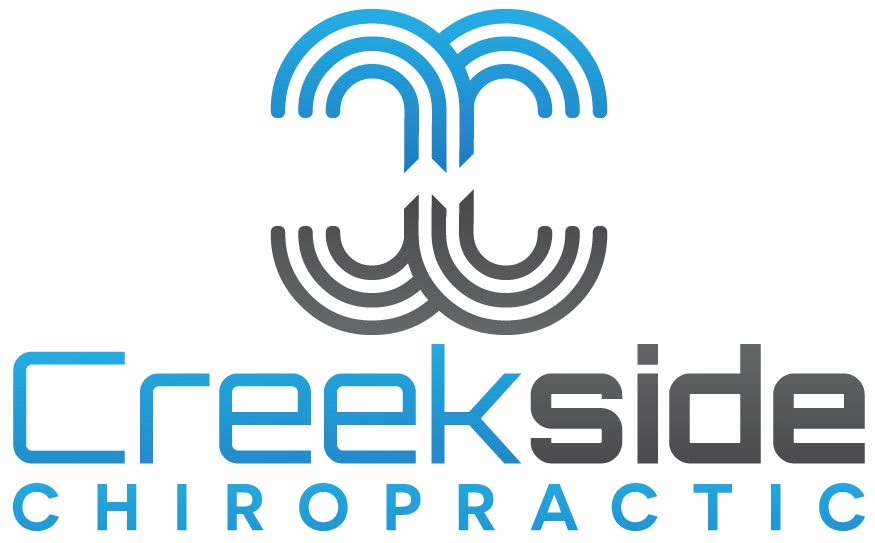We all want to get into the gym to get into shape. Whether you are spending an hour or more each day or fitting a workout into your busy schedule, here are some tips to make sure you get the most out of your workout without throwing your back out.
Do Not Be Dehydrated: Don’t start your workout dehydrated. This sounds like common sense but is actually one of the most common mistakes today. As human beings we want to have time to fit everything into our schedules on a daily basis. Sometimes that means going from sipping on just coffee all day to throwing back a pre-workout and hitting the weights. Depending on how good of a lunch you had or other nutrition during the work day, your muscles very well may already be low on fuel and/or water. Then with a pre-workout, you are igniting your metabolism which is going to raise your temperature and blood flow further depleting the nutrients and little hydration you may or may not have. When muscles cramp or your lower back “goes out”, it often starts with fatigued muscles. So to put it shortly, be aware of the nutrition and water intake throughout the day when you are planning to workout. Your workouts will not only be more beneficial and more efficient, but you will reduce the risk of muscular injury.
Lift What You Can: You always want to keep pushing yourself by increasing the amount of weight you lift. But always know your limits. Lift what you can and not what the person next to you can. If you are having to recruit other muscles to perform a lift that targets a certain muscle, you are lifting to much weight. By having to use non targeted muscles to do the exercise you are defying the exercises purpose and putting more unnatural strain on other muscles.
Go With a Friend: Studies unanimously show that people get better results over time when they have a workout buddy. Common sense shows that its better to have someone there to spot you on certain exercises than to not. If both people are practicing good lifting etiquette then it also leaves an avenue to help hold each other accountable with this etiquette.
Wear the Belt: When performing squats or dead lift, no matter what weight you have on the bar, wear the belt. The belt gets a bad rap by many for not doing its job, but this accusation is misplaced as it is the person performing the lift that is not doing their job when an injury occurs. The belt, more importantly than the poor job it does in keeping a vertebral disc from exiting its natural area of residence, is most useful in that it reminds you that this is a “dangerous lift” and to lift properly. Now dangerous is different for different lifters depending on the amount of weight you are throwing up, but do not be mistaken, squats and deal lift are dangerous. The danger I am most referring too is the compressed disc inside your back that you are putting even more of a load on and taking through a joint motion. The most common way to tear a vertebral disc? Loading it with excessive weight and taking it through a joint motion, usually rotation. Just wear the belt.
Change Up the Workout: Just like a work, or at home, we can get complacent at the gym. Muscle memory is king in the workout world. While we do want to create that memory in order to maximize the strength in the muscle fibers we always want to be pushing the muscles. If we stop changing the workouts we are doing, our muscles will “get good” at performing those workouts. More than strength, you will be gaining coordination for that certain exercise. It’s like what pro-trainer Jillian Michaels tells her clients, “Get comfortable being uncomfortable”.
Stretching: Most gyms have a machine that is designed to help you stretch pretty much any muscle you want. Take advantage of the machine, but if they do not have the machine, stretch anyways. There are a ton of different stretches you can find online for different muscles you want to target, but go ahead and stretch all your back muscles as well. Odds are, at least towards the end of your workout, you used your back muscles more than you think. When we work out muscles, especially with weights, we are tearing down the muscle fibers. We want theses muscle fibers to repair and grow back in the proper orientation. Stretching helps these muscle fibers elongate into the orientation they should be. It also helps speed up the recovery process.
Post Workout Nutrition: After you deplete your energy stores, like glucose and carbs, we need to replace that energy. Eat a healthy meal after your workout, preferably within 30 minutes in order for your body to break down and utilize that source of fuel at max efficiency. This also helps speed up and enhance the recovery of broken down muscles therefore improving their function and durability for your next workout.
As simple as most of these tips sound, they are just that. There’s a lot of information online and at doctors office that over saturate people with ideas and plans. EVERYONE is different, and responds differently to everything. Find the routine, workout techniques, and nutrition that best fits YOU.

